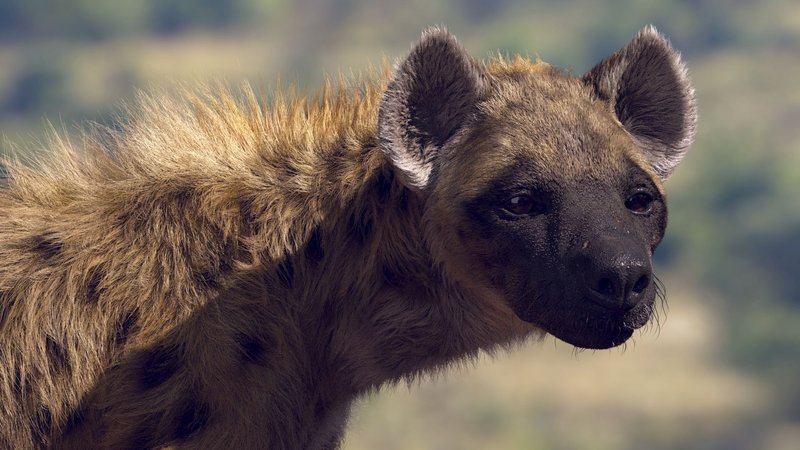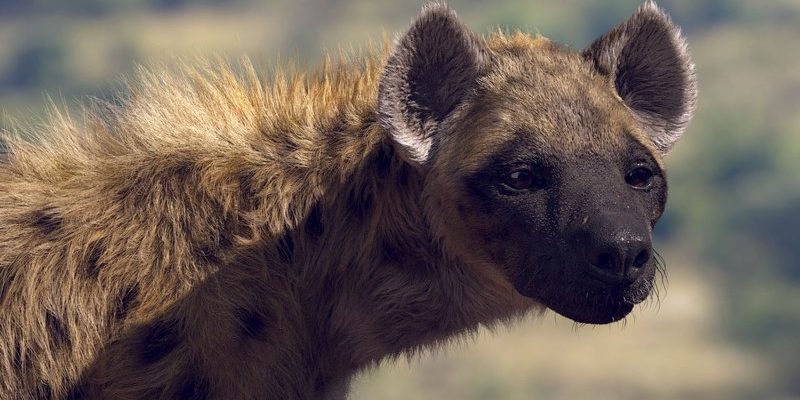
The representation of the spotted hyena varies significantly across different societies. While some view them as ruthless predators, others see them as symbols of strength and resilience. This duality presents a unique opportunity to explore not only what hyenas mean in various cultures, but also why these beliefs exist. Understanding how the spotted hyena is portrayed in folklore can provide insight into human perspectives on nature, survival, and community. So, let’s unpack these cultural narratives together.
The Role of Spotted Hyenas in African Folklore
In many African cultures, the spotted hyena occupies a prominent place in folklore. Often depicted as clever tricksters, they enjoy a reputation similar to that of the fox in Western tales. In stories told by the Maasai people, for example, the hyena is a character that embodies wit and cunning. These tales often highlight the hyena’s intelligence in outsmarting other animals, which can serve as a metaphor for human behavior in society.
It’s interesting to note that hyenas are sometimes seen as symbols of social justice. In some stories, they teach lessons about fairness and the balance of power. For instance, a tale might involve a hyena outsmarting a stronger animal, demonstrating that intelligence can triumph over brute strength. Such narratives encourage listeners to value cleverness and resourcefulness—qualities that are essential for survival in the wild and in daily life.
Additionally, in some cultures, hyenas are associated with female empowerment. They are matriarchal animals, where females dominate the social structure. This reflects a fascinating aspect of their biology and can inspire stories that celebrate the strength and independence of women in various communities.
Hyenas in Popular Media and Literature
You might have noticed that the spotted hyena often shows up in movies and literature, frequently cast in a negative light. A great example is Disney’s “The Lion King,” where hyenas are presented as the antagonist group, characterized by their cackling laughter and scheming behavior. This portrayal influences public perception, casting the hyena as a villain in the animal kingdom.
On the flip side, some authors and filmmakers have started to offer a more nuanced view. In recent documentaries, for example, the spotted hyena is depicted as a social animal with complex relationships, showcasing its intelligence and communal living. These representations help challenge the traditional narrative, encouraging audiences to see hyenas as more than just scavengers.
Literature and media continue to evolve in how they represent wildlife, and the spotted hyena serves as a perfect example of this shift. When stories highlight the reality of their behavior and social structure, it encourages a deeper understanding among viewers and readers, inviting them to appreciate these animals for their ecological significance.
Cultural Symbolism of Spotted Hyenas
In various cultures, the spotted hyena symbolizes a mix of dual meanings. They can represent **deception and trickery**, but also community and cooperation. In some African societies, hyenas are revered for their **family bonds** and **social dynamics**. These creatures live in clans led by females, which shows a different aspect of social organization compared to many other species.
Moreover, their laughter-like calls often evoke a sense of unease. Yet, this unique sound can symbolize joy and community gatherings in some traditions. The hyena’s ability to endure harsh environments also makes it a symbol of resilience. When local communities face challenges, they might look to the hyena as a reminder that survival often relies on adaptability and strength in numbers.
Interestingly, in some beliefs, hyenas are thought to possess supernatural abilities. In certain African mythologies, the spotted hyena can serve as a messenger or guide, bridging the human world and the spirit realm. This connection emphasizes the animal’s complexity and the deep respect some cultures have for it.
Hyena Folklore Across Different Regions
The portrayal of spotted hyenas varies globally, revealing how geography influences storytelling traditions. In East Africa, particularly among the Kikuyu people, there are stories that illustrate how hyenas are involved in human lives, often emphasizing themes of survival and trickery. These tales might blend humor with caution, teaching important life lessons under the guise of entertainment.
In the Middle East, hyenas sometimes appear in folklore as symbols of wastefulness and greed. Here, they are depicted as scavengers who represent the darker sides of humanity. This creates a stark contrast with African views, demonstrating how the same animal can embody different values and morals based on local context.
Even in Western tales, where the hyena often takes on a villainous role, we can find echoes of deeper themes related to survival and community. Stories might highlight their tenacity or their role in keeping ecosystems balanced, showing that not all tales of hyenas are negative.
The Impact of Hyena Representation on Conservation Efforts
The way we talk about spotted hyenas in folklore and media can directly impact conservation efforts. When hyenas are painted in a negative light, it can lead to misunderstanding and fear, which might result in harm to their populations. Conversely, **positive representations** can help foster appreciation and support for these animals.
For instance, wildlife documentaries that showcase the spotted hyena’s social structure and intelligence can inspire people to protect their natural habitats. When communities see hyenas not just as thieves but as essential components of their ecosystems, they are more likely to engage in conservation practices.
Schools and educational programs that incorporate these narratives into their curriculum can also promote better understanding. By teaching kids about the fascinating behaviors and social interactions of hyenas, we can encourage future generations to respect and protect these incredible creatures.
Understanding the cultural representation of the spotted hyena allows us to challenge our preconceived notions. These animals are often misunderstood, yet they possess qualities that can teach us valuable lessons about intelligence, resilience, and community. As we continue to share stories and learn about them, we can help reshape the narrative surrounding hyenas.
By embracing the complexities of the spotted hyena in folklore, literature, and culture, we foster a deeper connection with nature. It’s time to move beyond stereotypes and recognize these fascinating creatures for what they truly represent: adaptability, strength, and the intricate web of life they weave within our ecosystems. So, the next time you hear that trademark laughter in the wild, take a moment to appreciate the stories it tells.

